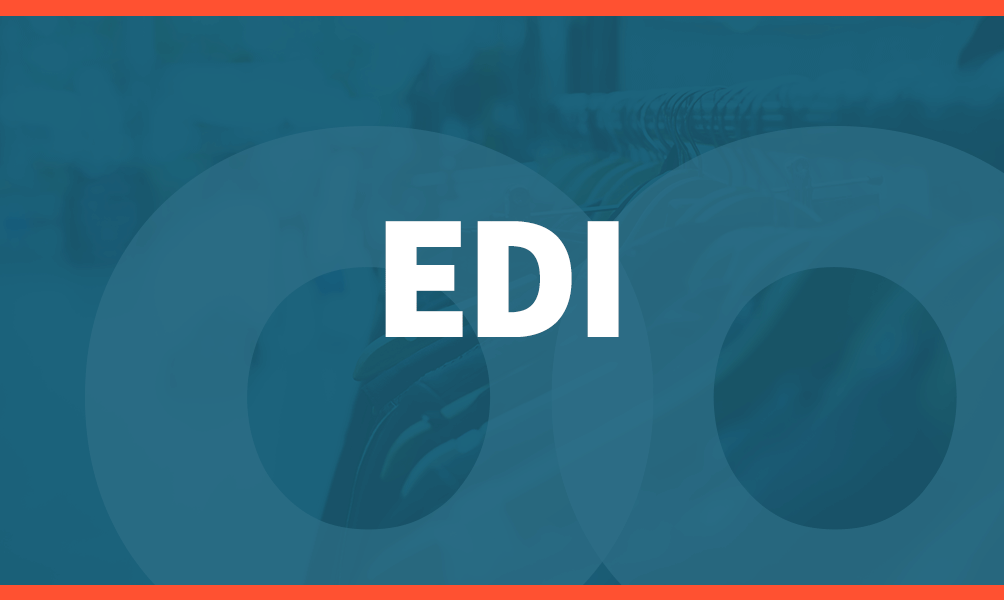ERPs, EDIs, GLNs & ASNs... demystifying the integration with Amazon Vendor
Never thought I'd be one who spoke in three letter acronyms (TLAs for irony)...But I found myself almost saying this sentence today ... (!) "The ERP platform uses an EDI integration to create the POs by GLN and creating the ASNs and updating the POA accordingly'."
Software always requires some technical language (and believe me, we manage servers so we're used to it!), but this seems excessive and it doesn't help businesses engage with any systems you may be trying to use. And don't mishear me, TLAs are great (!) .. as long as everyone knows what you're talking about!
So, let's break it down and see what we're really saying when we're speaking about integrating with Amazon Vendor.

How do you integrate with Amazon Vendor, and what is EDI?
You can integrate with Amazon Vendor through an EDI integration. EDI stands for Electronic Data Interchange and it's basically a form of data exchange between two computers/servers - typically referring to purchase orders and invoices.
EDI (Electronic Data Interchange): a form of data exchange between a client and a server. In the case of Amazon Vendor, this refers to the four main EDI messages sent around the purchase orders processing and invoices.
For the technical out there, EDI (this data exchange) is enabled through a connection between a client and a server, which is provided by AS2 (Applicability Standard 2). So AS2 ensures the transfer of EDI messages in a secure, efficient way.
Here at KhooCommerce, we link with Amazon Vendor through the setup of EDI between Amazon Vendor and the KhooCommerce ERP order management software. In Amazon's own words, this tie is "designed to take the normal business to business processes and accelerate and automate them to help reduce costs and improve efficiency as our companies interact."
Once an EDI link has been established to order management software, it is possible to manage both your Customer orders (from your website) and your Amazon Vendor orders (from Amazon themselves!).
Using the KhooCommerce software, you can manage your stock and orders through the cloud-based website order management system. This removes all the manual effort involved with order processing such as communicating with a logistics partner, updating stock levels, processing orders, and managing invoice creation/payments.
You can read more about what an Amazon Vendor EDI integration means here.
What is an ERP platform?
We describe KhooCommerce as an ERP platform, or an Enterprise Resource Planning tool. They tend to refer to pieces of software which help you manage multiple areas of your business such as order processing, customer management, contact management, supplier communications, and inventory control.
ERP (Enterprise Resource Planning): an integrated business management tool, giving real-time information on your core business operations i.e. sales, suppliers, accounts and inventory.
Why are ERP systems useful? In short, because they give you a single source of the truth for your business operations. You can read more about why you'd consider using an ERP system for your multi-channel sales here.
What EDI messages do you get from Amazon?
The EDI documents the KhooCommerce software is able to send/receive are as follows:
- Purchase Order
- Purchase Order Acknowledgment (POA)
- Invoice
- Advance Shipping Notice (ASN)
POA (Purchase Order Acknowledgement): This is the EDI message which confirms the purchase order items that you would like to accept or reject. It includes whether the items are hard rejected or soft rejected. This message can only be sent once unless your Amazon Vendor account is configured otherwise.
Are you able to group Amazon ordered items by their destination (GLN)?
GLN (Global Location Number): Part of the GS1 system of standards and they used by Amazon and other parties to quickly identify physical locations, or legal entities.
Amazon Vendor use GLN's to signal where they'd like you to ship your items to, and these could vary by the day. So, when you're processing your orders, you could be required to send any mix of items to a variety of GLN's. It is therefore useful to be able to group your orders (or ordered items to be specific) by their end destination - so that you can streamline your activities.
Any other Amazon Vendor integration questions?
Have we missed a TLA? Or do you still have questions about any other technical language? Don't hesitate to get in touch with our team and we'd be happy to help.